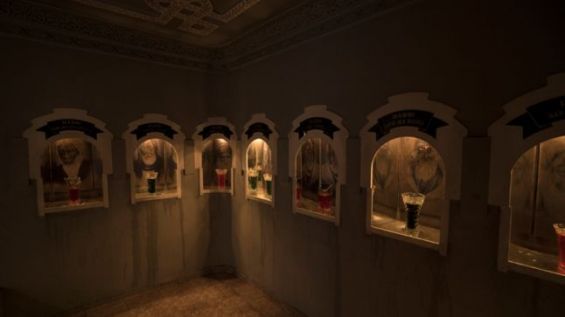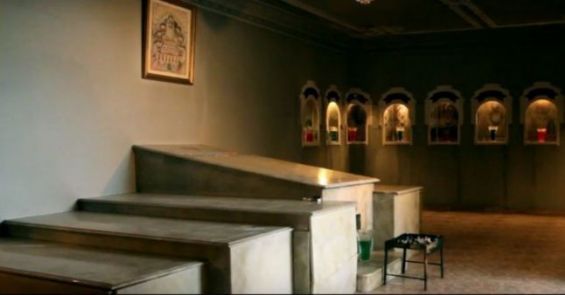From Portugal to Spain, Fez and then Safi, the story of Ouled Ben Zmirou is related to several cities and countries. The first one happens during the fall of Granada, in 1492, when Christian Spain emerged victorious, expelling thousands of Jewish families from the Iberian Peninsula to North Africa and most precisely Morocco.
In a book dedicated to the famous figures of Safi throughout history, Ibrahim Kridiya and Said Leqbi confirm this story, stating that this Jewish family left Spain for Portugal and eventually found itself forced to settle down in Morocco by the end of the fifteenth century after the Spanish Reconquista.
The second version of the story, also relayed by the same book, suggests that the Jewish family is from a region called «Azmirou» or «Zmirro».

Stories differ but history has it that the Ben Zmirou family settled down in Fez, around 1499, before deciding to leave the city for Safi. The latter was, at the time, a booming port city controlled by the Portuguese empire.
The Ben Zmirou benefited from the situation and expanded their influence within the Jewish quarter, known as Mellah. The family succeeded in maintaining good ties with Muslims in the city, thanks to Abraham Ben Zmirou, a poet and philosopher.
The Ben Zmirou family and their mysterious ending
Abraham gained respect and fame by being a brilliant and intelligent negotiator with the Portuguese. He benefited, alongside his brothers, from this privilege, monopolizing the production and sale of fabrics and wool. Thanks to their business and success, one of the Ben Zmirou brothers was named Rabbi of Safi, which allowed the family to get their hands on the city’s religious and legal cases.
Quoted by Safi Press, researcher Ibrahim Kridiya addressed legends related to the mysterious demise of the Ben Zmirou family. He recalls that the brothers (Isaac and Ismael) and their nephew lived in a house that had an underground room. They locked themselves in that room to recite the Torah, while the ground floor of the same house was inhabited by a Portuguese and his concubines.

Legend has it that one day, they were very loud and a Spanish woman that was visiting their Portuguese neighbor came down to tell them off. They refused to see her and hid first behind the door, and then they were literally swallowed by the earth. «People forgot about them and only a mark they left behind was used to indicate their place of burial, which was turned into a sanctuary later», the researcher said.
The sanctuary rose to fame in Safi, visited annually by Jews and Muslims. «The ground around the tomb is dotted with rocks. The Jews whitewash them and burn candles there. Pilgrims believe that in the past, this place used to be a cemetery», wrote Ibtissam Haddaji, a researcher at the Faculty of Marrakech.
A special hiloula that lasts two days and one night
Today, the sanctuary is built on a 8,000-meter square area. «The set includes an ancient door, a synagogue and a space, gathering the seven saints. In this space, 27 memorials have been placed, each representing a Jewish saint», L'Economiste wrote in a 2005 article.
In a book by Muhammad As'ad, it is written that the Ben Zmirou brothers can cure people. The Ben Zmirou saints are said to heal children with disabilities.

On the 13th every August, the Hiloula of the Ben Zmirou brothers is celebrated. On the first day, it would be forbidden to light a fire before the prayer. The next day, usually a Sunday, the pilgrims present their sacrifices to the Rabbi, who will validate them by declaring them «Kosher».




 chargement...
chargement...












